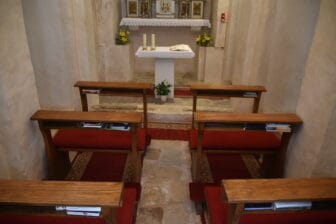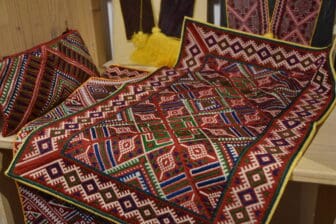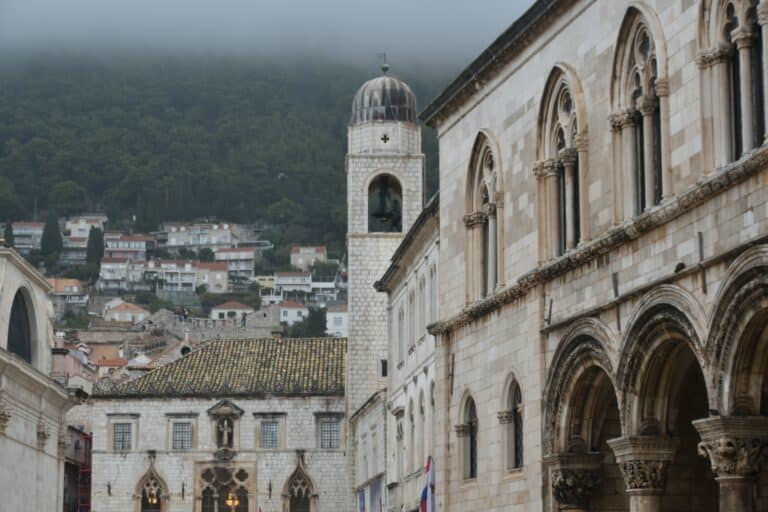
[Sept. 2022] On the second day in Dubrovnik, Croatia, we participated in a walking tour.
The fee was 130 kuna per person (about €17).
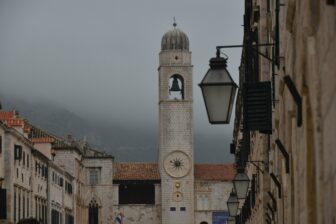
The female guide was mainly talking about history, but she was very good and I didn’t get tired of it.
In the first place, Dubrovnik began as an island, with only the southern half of the current Old Town.
Its name was Ragusa.
For a long time Dubrovnik was known as the Republic of Ragusa.
We had just visited Ragusa, Italy a few weeks ago, so it was a bit of a surprise.
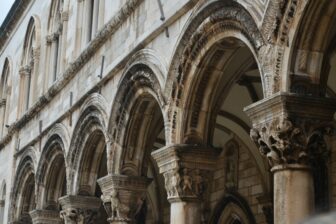
The Placa Boulevard in the Old Town of Dubrovnik was originally the sea.
It was in the 12th century that this area was reclaimed and merged with the northern land.
The walls surrounding the old town were built in the 14th and 15th centuries to prevent attacks from Venice.
Like Ragusa in Italy, this place was hit by a big earthquake (1667), but the walls were strong enough that the walls and nearby buildings survived.
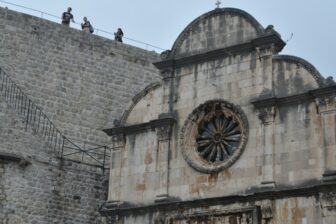
The head of the Republic of Ragusa was called a Lector, and surprisingly, Lector was elected every month.
No lectors could make any major changes in one month, but at the same time, this system could prevent corruptions.
The Republic of Ragusa did not have an army and had always survived through diplomacy.
For example, it paid the Ottoman Turks a huge amount of money and spied for them to prevent the republic from being occupied.
Also, the people were only allowed to wear black or brown clothes to look that they were poor.
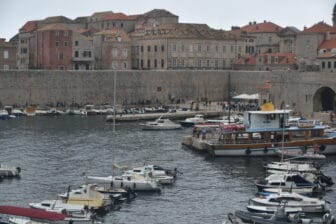
This was to prevent enemy looting.
In fact, it was a very prosperous republic, and it is said that it prospered especially in maritime trade.
However, after new shipping routes were developed and the port became less important, shipbuilding became a way of life for them.
The name Dubrovnik, which means “oak forest”, was derived from the use of oak trees in the mountains for shipbuilding.
After learning the romantic and interesting medieval history, the topic moved to the conflicts of the 1990s.
The Serbian army attacked from the northern hills, so many of the roofs in the old town collapsed.
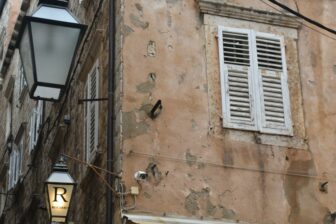
The roofs where the bomb fell have been repaired, showing a newer orange colour, and the survived roofs are the old dull colour.
After the conflict, people in Dubrovnik intentionally left traces of attacks by the Serbian army, so we can still see them.
The guide herself still hates Serbs.
She said “I am very nervous and I try to be careful”, when Serbian tourists come as customers occasionally.
She also said that Croatia has a close relationship with Bosnia and Montenegro, and that Croatian people particularly feel sympathy for Bosnia, which suffered the most damage.
Even now, 30 years after the conflict, it was like a graphic reality story that has not yet become history.
Now that I think about it, there was almost no mention of the Yugoslavia era.
I wonder why.


